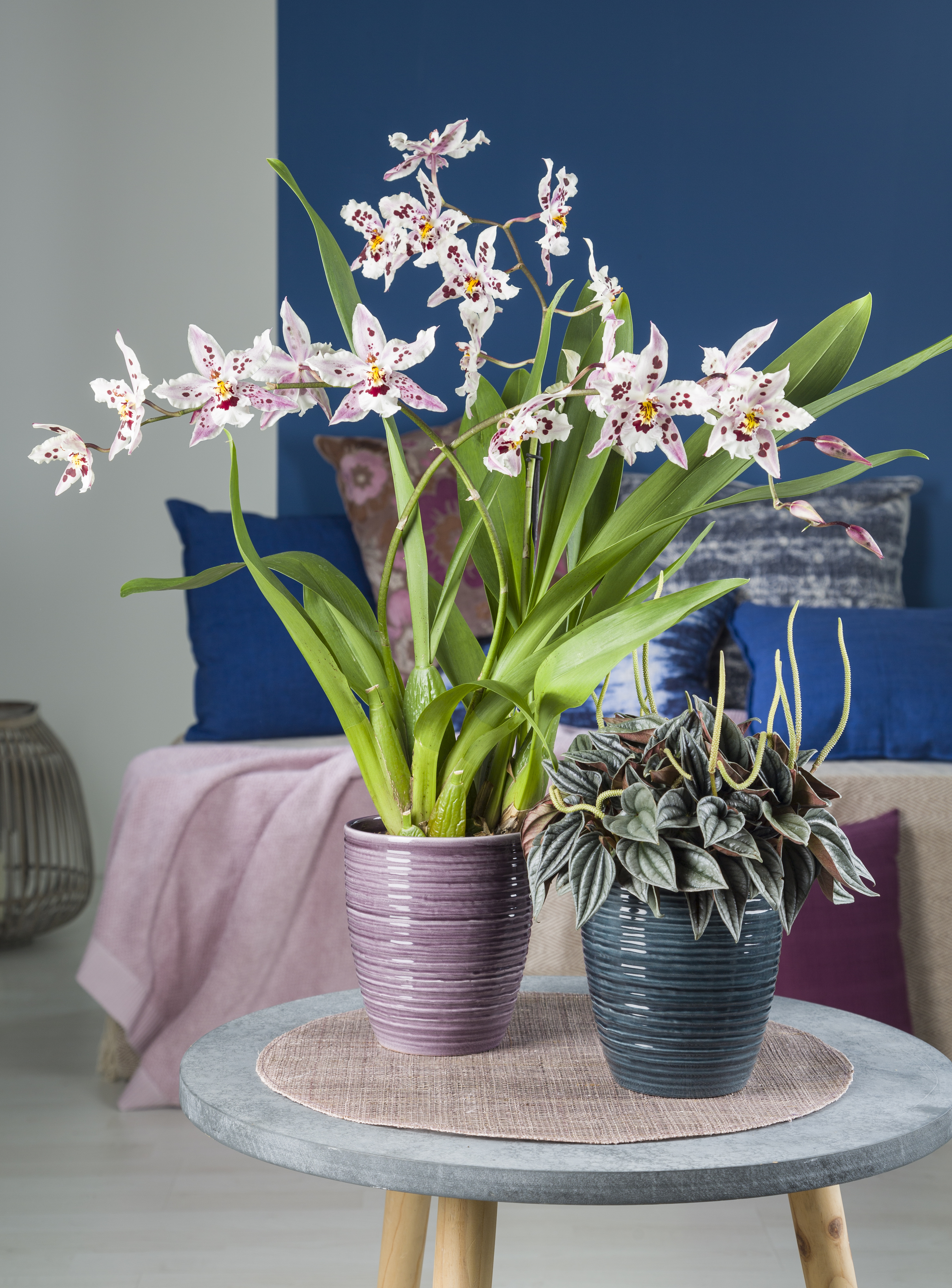Orchid Pots: The Perfect Home for Your Exquisite Plants
Orchids are some of the most beautiful and delicate plants in the world. With their vibrant colors and intricate blooms, they have captured the hearts of many plant enthusiasts. However, caring for orchids can be a bit challenging, as they require specific conditions to thrive. One crucial aspect of orchid care is choosing the right pot for your plant. In this article, we will explore the importance of orchid pots and how they can impact the health and growth of your orchids.
The Importance of Choosing the Right Orchid Pot
When it comes to growing orchids, the type of pot you choose can make a significant difference in the overall health of your plant. Orchids have unique root systems that require proper ventilation and drainage to prevent root rot. Choosing the right pot can help maintain the ideal growing conditions for your orchid and promote healthy growth.
Types of Orchid Pots
There are several types of pots available for orchids, each with its own set of advantages and disadvantages. Here are some common types of orchid pots:
Plastic Pots

Plastic pots are a popular choice for orchid growers due to their durability and affordability. They come in various sizes and shapes, allowing you to choose the best option for your specific orchid species. Plastic pots are lightweight and easy to clean, making them a convenient option for beginners.
Terra Cotta Pots
Terra cotta pots are made from clay and have excellent drainage properties, making them suitable for orchids that require good airflow to their roots. However, terra cotta pots can be heavy and may dry out faster than other types of pots, so you’ll need to monitor your orchid’s watering needs closely.
Wooden Baskets
Wooden baskets are a popular choice for orchids that require excellent drainage and airflow. The open design of wooden baskets allows the roots to breathe and prevents moisture buildup, reducing the risk of root rot. Wooden baskets can be an attractive option for displaying your orchids, but they may require more frequent watering.
Factors to Consider When Choosing an Orchid Pot
When selecting a pot for your orchid, there are several factors to consider to ensure your plant’s health and growth. Here are some essential considerations:
Size

The size of the pot is crucial for the health of your orchid. A pot that is too small can restrict the growth of the roots and lead to overcrowding, while a pot that is too large can retain too much moisture and promote root rot. Choose a pot that allows room for your orchid to grow and has adequate drainage holes.
Drainage
Proper drainage is essential for orchids to prevent waterlogged soil and root rot. Make sure the pot you choose has sufficient drainage holes to allow excess water to escape. Consider using a pot with raised feet or adding a layer of drainage material, such as rocks or perlite, to improve airflow around the roots.
Material
The material of the pot can impact the health of your orchid. Plastic pots are lightweight and easy to clean but may trap moisture, while terra cotta pots have excellent drainage properties but can dry out quickly. Consider the specific needs of your orchid species when choosing a pot material.
Aesthetics
In addition to functionality, consider the aesthetic appeal of the pot when choosing one for your orchid. Select a pot that complements the beauty of your orchid and enhances the overall display of your plant collection.
Tips for Caring for Orchid Pots
Once you have selected the perfect pot for your orchid, it’s essential to care for it properly to ensure the continued health and growth of your plant. Here are some tips for caring for orchid pots:
Monitor Watering
Orchids have specific watering needs, and overwatering can be detrimental to their health. Water your orchid only when the top layer of soil is dry to the touch, and be mindful of the moisture level in the pot. Avoid leaving your orchid sitting in water, as this can lead to root rot.
Repotting
Orchids should be repotted every 1-2 years to refresh the potting mix and provide room for growth. When repotting, gently remove the orchid from its old pot, trim any dead roots, and place it in a new pot with fresh potting mix. Repotting can help prevent overcrowding and promote healthy root growth.
Provide Adequate Light
Orchids require bright, indirect light to thrive. Place your orchid in a location with filtered sunlight or use artificial grow lights to provide the necessary light levels. Avoid placing your orchid in direct sunlight, as this can scorch the leaves and damage the plant.
Fertilize Regularly
Orchids benefit from regular fertilization to provide essential nutrients for growth and blooming. Use a balanced orchid fertilizer according to the manufacturer’s instructions, and apply it at regular intervals during the growing season. Be careful not to over-fertilize, as this can harm your orchid.
Conclusion
Orchids are stunning plants that require specific care to thrive. Choosing the right pot for your orchid is crucial to providing the ideal growing conditions and promoting healthy growth. Consider the size, drainage, material, and aesthetics of the pot when selecting one for your orchid. With proper care and attention, your orchid will reward you with beautiful blooms and vibrant growth. Give your orchids the perfect home they deserve with the right orchid pot.